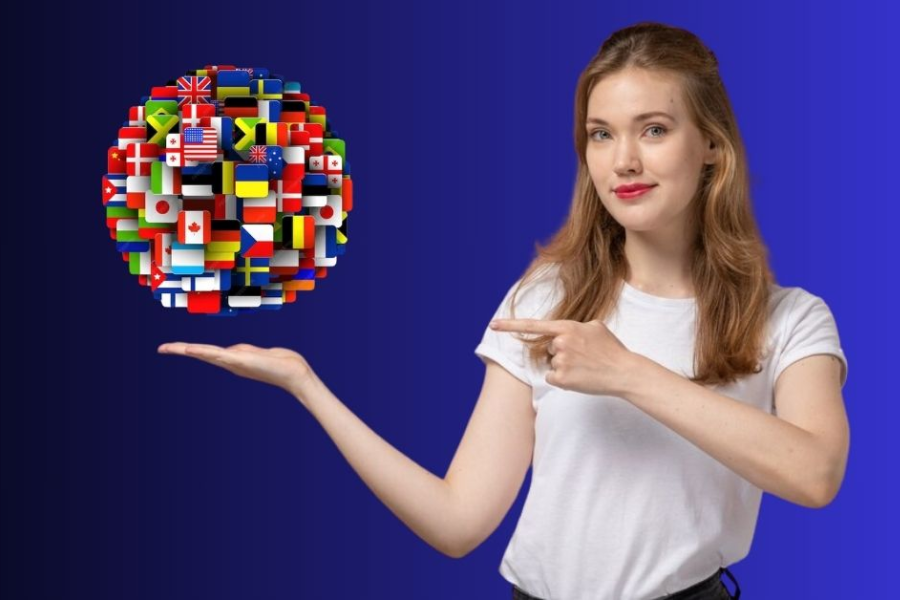Translation is a dynamic and multifaceted field that bridges the gap between languages, allowing people to communicate and understand one another across linguistic barriers. The Finnish word käöäntäjä translates to “translator,” a professional who facilitates this essential communication. Translators not only convert words from one language to another but also convey meaning, cultural nuances, and emotional context. In this article, we will explore the significance of translation, the role of a käöäntäjä, and how this profession contributes to a globalized world.
The Role of a Käöäntäjä
A käöäntäjä is much more than a person who converts text from one language to another. Their job requires a deep understanding of both the source and target languages, including grammar, syntax, idiomatic expressions, and cultural differences. They ensure that the message is accurately conveyed without losing its original meaning or intent. Translators often specialize in various fields such as legal, medical, technical, literary, or audiovisual translation, depending on their skills and interests.
A key aspect of translation is maintaining the tone and style of the original text. A skilled käöäntäjä will ensure that the final translation reads naturally, as if it were originally written in the target language, rather than coming across as a literal, word-for-word translation. This process often involves adapting idiomatic expressions or culturally specific references to something that will make sense to the target audience.
For instance, a Finnish-to-English translator may come across the phrase “mennä sieltä missä aita on matalin,” which literally means “to go where the fence is lowest.” The phrase, which implies taking the easy way out, may not be directly understood in English. Therefore, a good käöäntäjä would find an equivalent English phrase, such as “cutting corners,” to accurately convey the original message’s meaning and context.
The Evolution of Translation Technology
In recent years, technology has significantly impacted the field of translation. Machine translation tools like Google Translate, DeepL, and others have become increasingly sophisticated, using artificial intelligence to instantly translate text from one language to another. These tools can handle basic translation tasks and are widely used by casual users for quick, informal translations.
However, machine translation is not without its limitations. It often struggles with context, cultural nuances, and idiomatic expressions, resulting in awkward or inaccurate translations. This is where a professional käöäntäjä steps in. Human translators can understand the subtleties of language and culture that machines cannot, making them indispensable for high-quality, contextually accurate translations.
One emerging trend is the combination of machine translation with human editing, often referred to as “post-editing.” This process involves using machine translation as a starting point, followed by a käöäntäjä reviewing and refining the text to ensure accuracy and fluency. This hybrid approach is becoming more popular in industries where speed is essential, but the quality cannot be compromised.
The Impact of Translation on Global Communication
In a globalized world, the role of translation is more critical than ever. Businesses, governments, and organizations rely on translators to communicate with international audiences, ensuring that messages are understood regardless of language barriers. Without translation, global commerce, diplomacy, and cultural exchange would be severely limited.
For example, in the field of international business, accurate translation is crucial for legal documents, contracts, marketing materials, and user manuals. A mistranslation could lead to misunderstandings, legal issues, or even financial losses. Similarly, in the medical field, accurate translations are vital for patient care, as medical documents, prescriptions, and treatment plans need to be clearly understood by both healthcare providers and patients.
Translation also plays a key role in the preservation and dissemination of culture. Literature, films, music, and other forms of art can be translated into different languages, allowing people from diverse cultures to experience and appreciate works they otherwise would not have access to. A käöäntäjä who specializes in literary translation must be particularly skilled in capturing the tone, style, and emotion of the original work while adapting it for a new audience.
Conclusion
The role of a käöäntäjä is essential in today’s interconnected world. As language professionals, they not only facilitate communication but also help bridge cultural divides, enabling people to understand one another across linguistic boundaries. Despite advances in machine translation technology, human translators remain irreplaceable for tasks that require accuracy, nuance, and cultural sensitivity. Whether working in business, healthcare, law, or the arts, käöäntäjäs are key players in fostering global communication and understanding.
